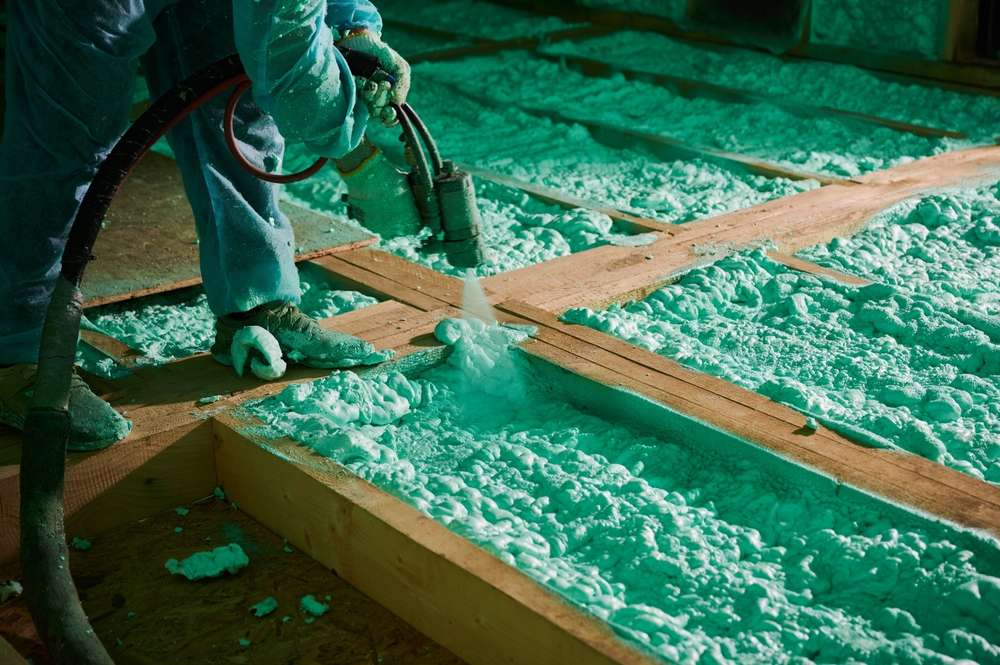Practical Guide to Attic Insulation Costs and How It Aids Comfort
Proper attic insulation serves as one of the most effective ways to improve your home's energy efficiency and indoor comfort levels. Understanding the various insulation materials, installation methods, and associated costs helps homeowners make informed decisions about this important home improvement project. From reducing energy bills to maintaining consistent temperatures throughout your living space, attic insulation offers significant benefits that extend well beyond initial installation expenses.

Improving your home’s energy efficiency often starts with one of the most overlooked spaces in the house: the attic. Proper insulation in this area can significantly reduce heating and cooling costs while creating a more comfortable indoor environment. Whether you’re building a new home or upgrading an existing property, understanding attic insulation options, costs, and benefits is essential for making smart home improvement decisions.
Introduction to Attic Insulation
Attic insulation serves as a thermal barrier between your living space and the outside environment. Heat naturally rises, and without adequate insulation, warm air escapes through the attic during winter months, while hot air penetrates your home during summer. This thermal transfer forces heating and cooling systems to work harder, increasing energy consumption and utility bills. Insulation works by trapping air within its structure, slowing the transfer of heat and maintaining more stable indoor temperatures. The effectiveness of insulation is measured by its R-value, which indicates resistance to heat flow. Higher R-values provide greater insulating power, and recommended R-values vary by climate zone across the United States.
Types of Attic Insulation
Homeowners can choose from several insulation materials, each with distinct characteristics, installation requirements, and performance levels. Fiberglass batts are among the most common options, consisting of pre-cut panels that fit between attic joists. They offer moderate R-values and are relatively affordable, though proper installation is critical to avoid gaps. Blown-in cellulose insulation is made from recycled paper products treated with fire retardants. It fills irregular spaces effectively and provides good thermal performance. Spray foam insulation expands upon application, creating an airtight seal that offers superior R-values per inch compared to other materials. Mineral wool, also known as rock wool, provides excellent fire resistance and sound dampening properties. Each material has advantages depending on your attic configuration, budget, and performance goals.
Attic Insulation Costs
The cost of insulating an attic varies based on material type, attic size, accessibility, and regional labor rates. Understanding these factors helps homeowners budget appropriately for this energy-saving investment. Material costs differ significantly, with fiberglass batts typically being the most economical option, while spray foam represents a premium choice with higher upfront costs but potentially greater long-term savings. Labor expenses depend on project complexity, with difficult-to-access attics requiring more time and specialized equipment. Most professional installations for an average-sized attic range from several hundred to several thousand dollars.
| Insulation Type | Provider/Brand | Cost Estimation per Sq Ft |
|---|---|---|
| Fiberglass Batts | Owens Corning | $0.65 - $1.50 |
| Blown-in Cellulose | GreenFiber | $1.00 - $2.00 |
| Spray Foam (Open-cell) | Icynene | $1.50 - $3.00 |
| Spray Foam (Closed-cell) | Demilec | $3.00 - $5.00 |
| Mineral Wool Batts | Roxul/ROCKWOOL | $1.20 - $2.50 |
Prices, rates, or cost estimates mentioned in this article are based on the latest available information but may change over time. Independent research is advised before making financial decisions.
Additional costs may include removing old insulation, air sealing, ventilation improvements, and permits. Many utility companies and government programs offer rebates or incentives for insulation upgrades, which can offset initial expenses. Obtaining multiple quotes from licensed contractors helps ensure competitive pricing and quality workmanship.
How to Install Attic Insulation
While some homeowners tackle attic insulation as a DIY project, professional installation often ensures optimal performance and safety. Before beginning any insulation project, assess the current insulation level and condition. Remove or address any moisture issues, as damp insulation loses effectiveness and can lead to mold growth. Air sealing is a critical step often overlooked; sealing gaps around pipes, electrical fixtures, and other penetrations prevents air leakage that undermines insulation performance. For batt insulation, measure joist spacing carefully and cut batts to fit snugly without compression, which reduces R-value. Blown-in insulation requires specialized equipment to achieve uniform coverage and proper depth. Spray foam application demands professional expertise and safety equipment due to chemical components. Always maintain proper attic ventilation to prevent moisture accumulation and ensure insulation does not block soffit vents or airflow pathways.
How Attic Insulation Aids Comfort
Beyond energy savings, proper attic insulation delivers tangible comfort improvements throughout your home. During winter, insulation prevents heat loss, eliminating cold spots and drafts that make rooms uncomfortable. Heating systems cycle less frequently, maintaining more consistent temperatures. In summer, insulation blocks radiant heat from the roof, keeping upper floors cooler and reducing the burden on air conditioning systems. This temperature stability creates a more pleasant living environment year-round. Insulation also provides sound dampening, reducing noise from rain, wind, and outside sources. By minimizing temperature fluctuations, insulation helps protect belongings stored in attic spaces from extreme heat or cold. Improved comfort extends to better indoor air quality, as properly insulated and ventilated attics reduce moisture problems that can lead to mold and allergens. Homeowners often notice immediate comfort improvements after upgrading attic insulation, along with lower utility bills that provide ongoing financial benefits.
Conclusion
Investing in attic insulation represents one of the most cost-effective home improvements available to homeowners. By understanding the various insulation types, associated costs, and installation considerations, you can make informed decisions that enhance comfort while reducing energy consumption. Whether you choose fiberglass, cellulose, spray foam, or mineral wool, proper installation and adequate R-values for your climate zone are essential for maximizing performance. The initial investment typically pays for itself through reduced heating and cooling costs, while the comfort benefits improve daily living quality. Consulting with qualified insulation professionals and exploring available rebates can help you achieve optimal results within your budget.




